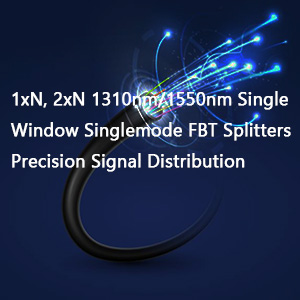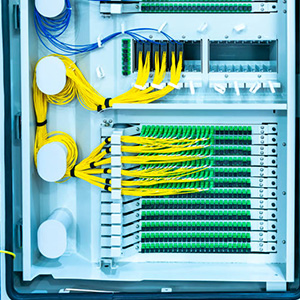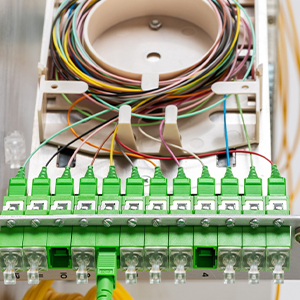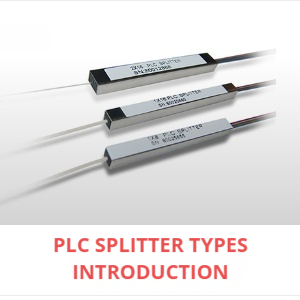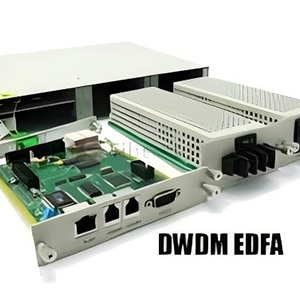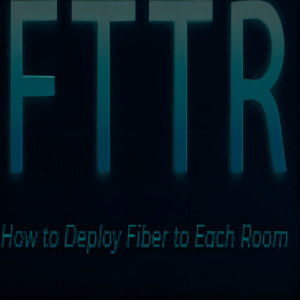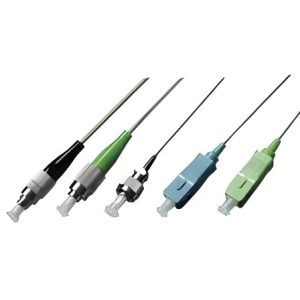As optical communication networks develop more and more rapidly, they have become an important part of today’s communication systems, combining critical and reliable performance. Optical network enhancers, namely erbium-doped fiber amplifiers (EDFA), repeaters and transponders, play a very important role in it. So EDFA vs Repeater vs Transponder: What’s the Difference? The following will reveal it to you.
Erbium-Doped Fiber Amplifier (EDFA)
The Erbium-Doped Fiber Amplifier (EDFA) is a critical component in optical communication systems, amplifying signals within the 1550 nm wavelength range through stimulated emission of photons in erbium-doped glass fibers. Operating on the principles of stimulated emission, EDFA’s key components include erbium-doped fibers, a pump laser, wavelength division multiplexers, and optical isolators. Its broad amplification bandwidth, especially in the C and L bands, makes it indispensable for extending the reach of optical signals and maintaining signal integrity in modern fiber-optic networks.
EDFAs are typically integrated at the receiving end or relay stations of optical networks to compensate for signal attenuation in fiber, thereby improving signal transmission distance and quality.

Fiber Optic Repeater
Fiber Repeaters are used to extend and repeat Ethernet data signals over multimode or single-mode fiber up to 160km. If you need to convert Single Mode to Multimode or extend a Multimode network, Fiber Optic Repeaters are the devices to use. They are the ideal solution to connect different fiber types, distances, and wavelengths (WDM, CWDM & DWDM) across a variety of topologies and network architectures for longer data transmission distances.
Placed strategically in the network for long-distance fiber optic transmission, Repeaters ensure signal strength and quality, enabling signals to be transmitted over extended distances.

Transponder
In the field of optical communication, Transponder is a crucial device that performs signal modulation and demodulation, enabling the seamless integration of data into optical networks. An optical transponder converts electrical signals into optical signals for transmission over fiber-optic channels and vice versa. It plays a pivotal role in wavelength-division multiplexing (WDM) systems, where it receives incoming electrical signals, modulates them onto specific optical wavelengths, and transmits them over the optical fiber. Conversely, when receiving optical signals, the optical transponder demodulates the information back into electrical signals. This process facilitates efficient data transmission and enables the utilization of multiple data channels on a single optical fiber, contributing to the high capacity and flexibility of modern optical communication networks.
Transponders are used in optical networks for signal format and wavelength conversion. They facilitate the conversion of optical signals to different wavelengths, allowing for flexible optical path configurations in multi-wavelength systems.

EDFA vs Repeater vs Transponder
In the realm of optical networks, connectivity forms the backbone of modern telecommunications. These networks leverage advanced components such as Erbium-Doped Fiber Amplifiers (EDFA), Repeaters, and Transponders to enhance signal strength, overcome attenuation challenges, and enable wavelength flexibility. As the demand for high-speed data transmission continues to rise, the synergy of these components plays a pivotal role in constructing robust and efficient optical networks, ensuring reliable connectivity for diverse applications ranging from long-haul communications to data centers and metropolitan networks.
The difference between them is mainly:
- EDFAs are primarily designed for optical signal amplification without the need for signal conversion to electrical form. They leverage erbium-doped fibers to amplify signals directly in the optical domain.
- EDFAs can support more wavelengths and higher data rates than repeaters as they don’t depend on the modulation format or bandwidth of the signal.
- Transponders operate as optical-electrical-optical (OEO) conversion devices. They convert optical signals to electrical form and then back to optical signals, facilitating format and wavelength conversion.
- Repeaters serve the purpose of amplifying and, if necessary, regenerating optical signals. They are capable of addressing signal attenuation over extended distances, and unlike EDFAs, repeaters may involve signal conversion and regeneration.
- Repeaters are more easily upgraded and reconfigured than amplifiers as they can change the signal parameters and protocols according to the network needs.
In summary, while EDFAs specialize in optical signal amplification, Repeaters for signal strengthening and overcoming transmission losses, and Transponders for signal format and wavelength conversion. These components work in synergy to ensure the efficient and reliable long-distance transmission of optical signals in optical networks.
Application Scenarios of EDFA, Repeater, and Transponder
- Erbium-Doped Fiber Amplifier (EDFA): EDFAs are extensively employed in long-haul optical communication networks, such as transcontinental and undersea fiber optic links. They are strategically placed at amplifier sites along the network to compensate for signal attenuation. Additionally, EDFAs play a vital role in optical backbone networks, enhancing the signal strength without the need for signal conversion.
- Repeater: Repeaters are crucial components in optical networks designed for ultra-long-haul and submarine communication systems. Placed at regular intervals, Repeaters amplify and regenerate optical signals, mitigating the cumulative effects of fiber attenuation. In scenarios where optical signals traverse vast distances, repeaters ensure signal integrity and prevent degradation.
- Transponder: Transponders find essential roles in wavelength-division multiplexing (WDM) networks and high-capacity data transmission systems. In WDM systems, Transponders enable wavelength conversion, allowing for flexible allocation and reallocation of optical channels. Transponders support the dynamic management of optical signals by facilitating conversion between different wavelengths and formats in optical cross-connect, metropolitan area network (MAN) and data center applications.
Summary
If you’re looking for Erbium-Doped Fiber Amplifier (EDFA), FiberLife has got you covered! You can buy Erbium-Doped Fiber Amplifier (EDFA), and many other products at affordable rates. We have helped leading tech companies like Amazon, Apple, IBM, etc., and we would love to assist you too! Explore our products here or contact us for details.


